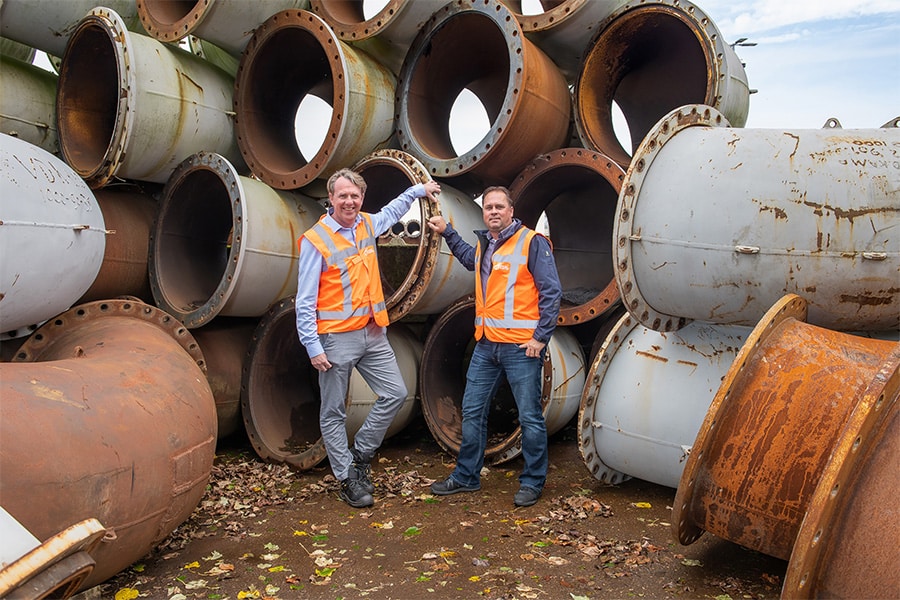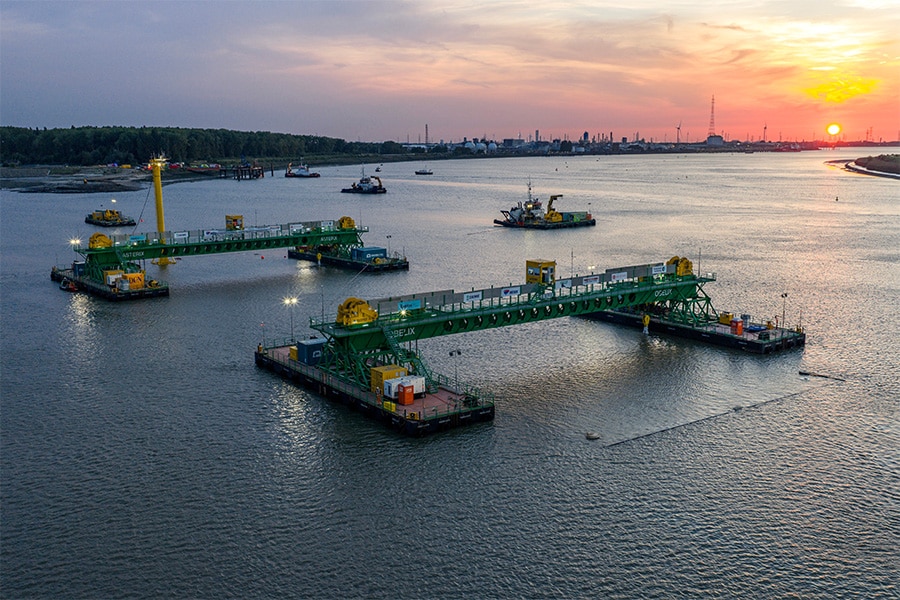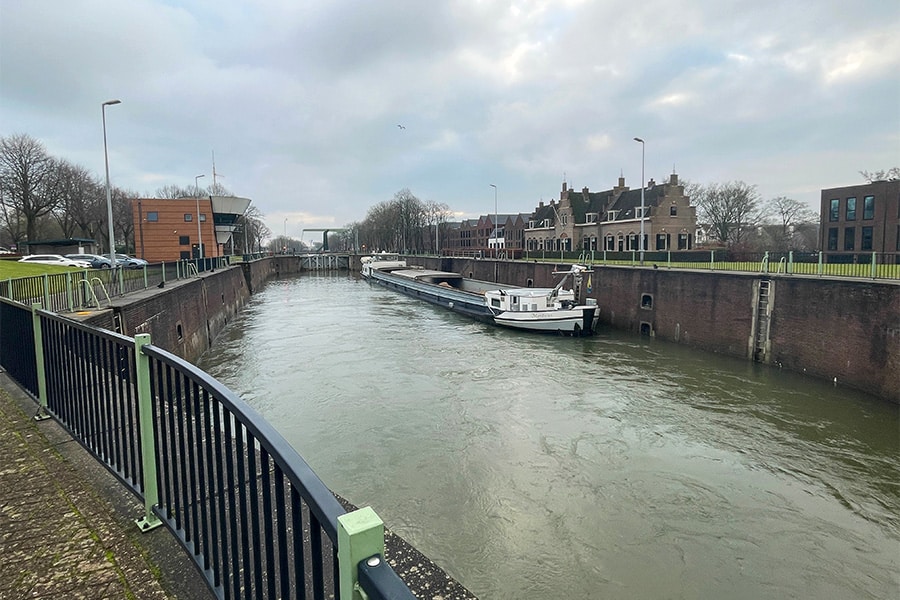
Pilz contributes within standards committee to basis for safe bridges and locks
The Netherlands has thousands of moveable bridges and locks, which are an important part of our infrastructure. With Rijkswaterstaat's major task of maintenance and replacement, it is crucial that the parties involved work together on uniform solutions. As a leading player in the field of safety technology, Pilz is playing an important role in the creation of the new standards for these vital infrastructure elements.
To ensure the safety and reliability of these objects, dozens of experts from various disciplines are working together on new standards. From Pilz, Koen Krikke, Safety Consultant, participates in the standards committee for bridges and locks and speaks regularly about it with Emiel van Zundert, Project Manager Services.
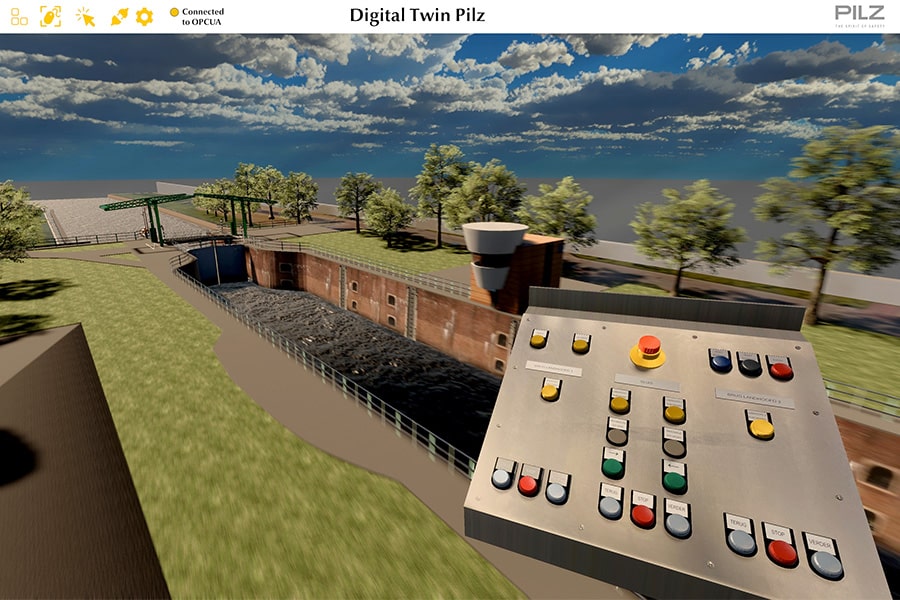
The importance of standards in infrastructure
"When standards are drawn up, legal requirements - for machinery, for example - are worked out in concrete terms. This establishes which standards must be applied to meet these requirements and interpret them correctly," Koen continues. As a safety consultant, he deals with the technical side of infrastructure safety on a daily basis. "Our involvement in the standards committee gives us the opportunity to actively shape the safety of bridges and locks." He says that an updated version of the standard for bridges and an entirely new standard for locks have been under consideration for about 10 years. "This is not there yet, and often the standard for bridges was then applied to building locks, but a lock is so much more than a 'bridge on its side,'" he stresses.

Safety and reliability
In Emiel's view, reliability and availability are crucial: "The new standards are necessary to ensure that locks are safe not only during normal operation and handling, but also in exceptional circumstances or in the event of breakdowns. Even then one must be confident that no unsafe situations can arise. That requires clear safety procedures." Koen adds: "In addition to a flood control function, a lock also has processes for leveling and draining water. In addition, there are also approach protections, climb-out facilities, ice control ... all challenges that involve a lot, because a lock failure can have far-reaching consequences."
This broader responsibility makes it especially important to Emiel and Koen that all technical aspects of the standards be well thought out. "The combination of bridges and locks requires innovative solutions," Koen adds. "Bridges and locks are often seen as one complex object, which means that the standards for both components must be well aligned to ensure safe and reliable operation."

Standards and practice
Pilz brings not only theoretical knowledge to the standards committee, but also practical experience. "We find that there are sometimes practical challenges in implementing standards," says Koen. "Through our knowledge of machine safety and failure control, we can ensure that the standards are not only technically correct, but also actually applicable in practice." Emiel agrees and notes that clients want a foothold. "Standards must be modernized and guidelines must provide concrete improvements in the safety and operational reliability of bridges and locks. Whether we're talking about large movable bridges and locks with major interests for professional shipping, or smaller locks that are the responsibility of municipalities: everyone benefits from a foothold."
Koen acknowledges that it is an ongoing challenge to make the translation from standard to technology. "But that's exactly where Pilz can make a difference. We do this, for example, by creating clarity by working out basic requirements from laws and regulations properly, or by working out details that - with the current state of the art - are obsolete in the current bridge standard."
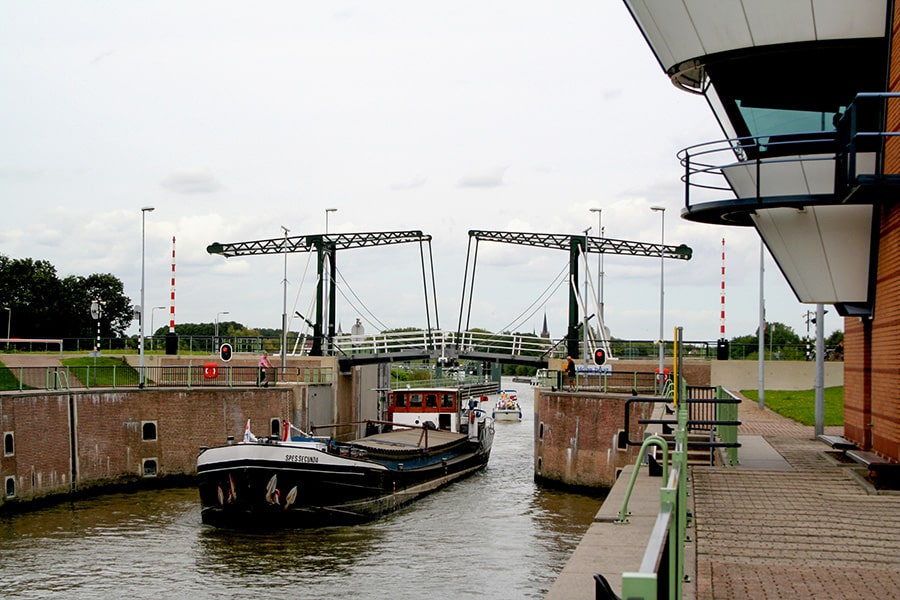
Solutions that make a difference
A concrete example is the Juliana locks in Gouda, an important lock for shipping between the Hollandse IJssel and the Gouwekanaal canal. "The work to carry out major maintenance on this lock has started and the new standard lock software of the Province of South Holland is also being loaded in this lock complex," says Emiel.
There is now a draft version 2 of NEN 6787-1 for bridges. We expect to finalize the standard for locks (NEN 6787-2) in 2028. Pilz remains committed to making these standards future-proof and practically applicable.
Heeft u vragen over dit artikel, project of product?
Neem dan rechtstreeks contact op met Pilz.
 Contact opnemen
Contact opnemen
